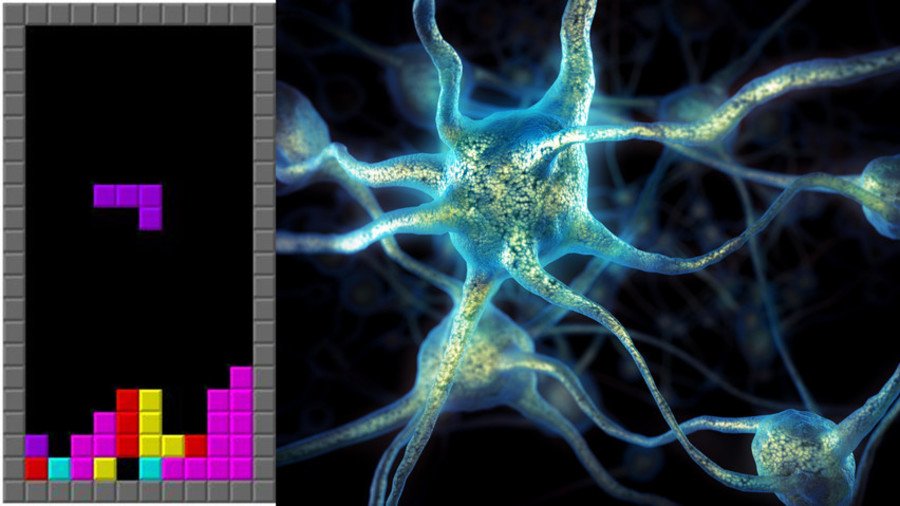A team of scientists has created a device which allows human beings to cooperate while playing a game using only their thoughts. While the technology is still in its infancy, the potential applications are astounding.
“We present BrainNet which, to our knowledge, is the first multi-person non-invasive direct brain-to-brain interface for collaborative problem solving,” the joint team from the University of Washington and Carnegie Mellon University wrote in a pre-publication release.
The three-way neural connection, called BrainNet, operates using two devices: two electroencephalograms (EEGs) transmit the ‘senders’ instructions to the ‘receiver’ who wears a transcranial magnetic stimulation (TMS). Using these devices the three participants could share their thoughts and cooperate to play a Tetris-style video game together, as one. Hardly a mind-bending task but the technology is still in development.

The two ‘senders’ were connected to the EEGs and asked to play a Tetris-style game and decide whether each new block needed to be rotated or not. Their decisions were then sent to the ‘receiver’ via the TMS cap.
The ‘senders’ could also relay feedback about whether the receiver had understood the telepathic instructions correctly or not.
In turn, ‘Receivers’ were also able to make judgement calls, based entirely on brain communications, as to which of the senders was more reliable. Across five different trios the researchers managed to elicit an average accuracy of 81 percent.

While the current system is limited to one ‘bit’ or flash of data at a time, all new technology has to start somewhere; humanity has come a long way from decoding a series of taps in morse code to instant worldwide voice, video and data communication to anywhere on the planet where both sender and receive have a decent enough internet connection.
READ MORE: 'Full history': Secret CIA documents now available online
The team has not yet managed to create ‘The Matrix,’ however: The system is slow, not entirely reliable and is awaiting peer review, but it’s a start and could eventually connect entire networks of people across the web.
“Our results raise the possibility of future brain-to-brain interfaces that enable cooperative problem solving by humans using a 'social network' of connected brains,”writes the team.
Think your friends would be interested? Share this story!

